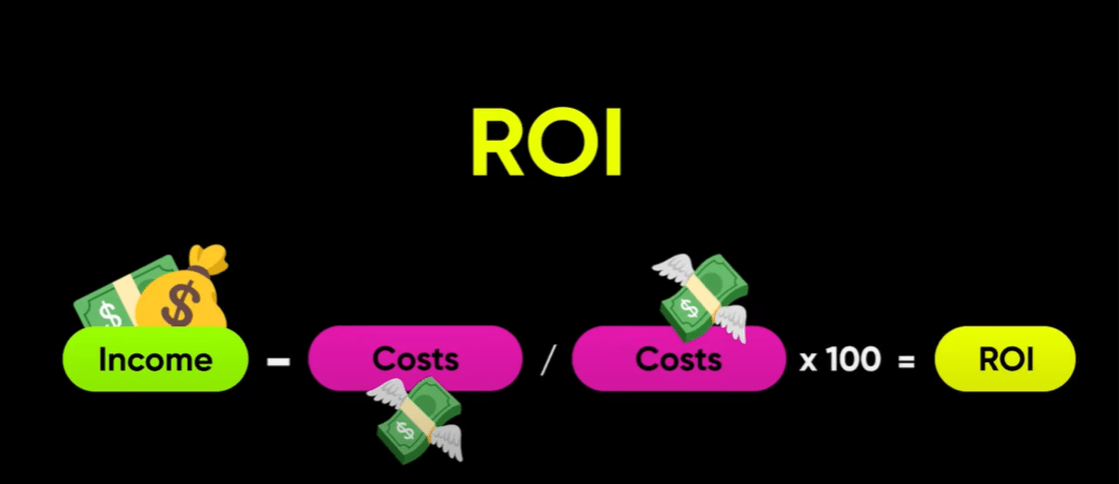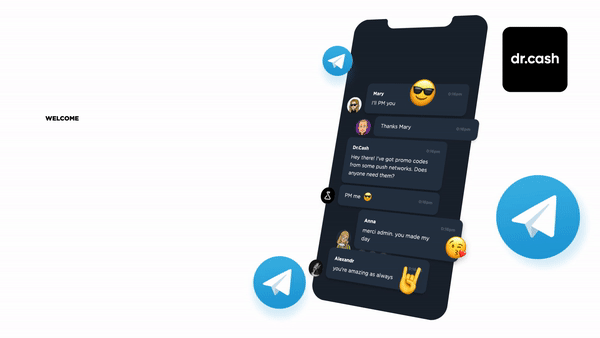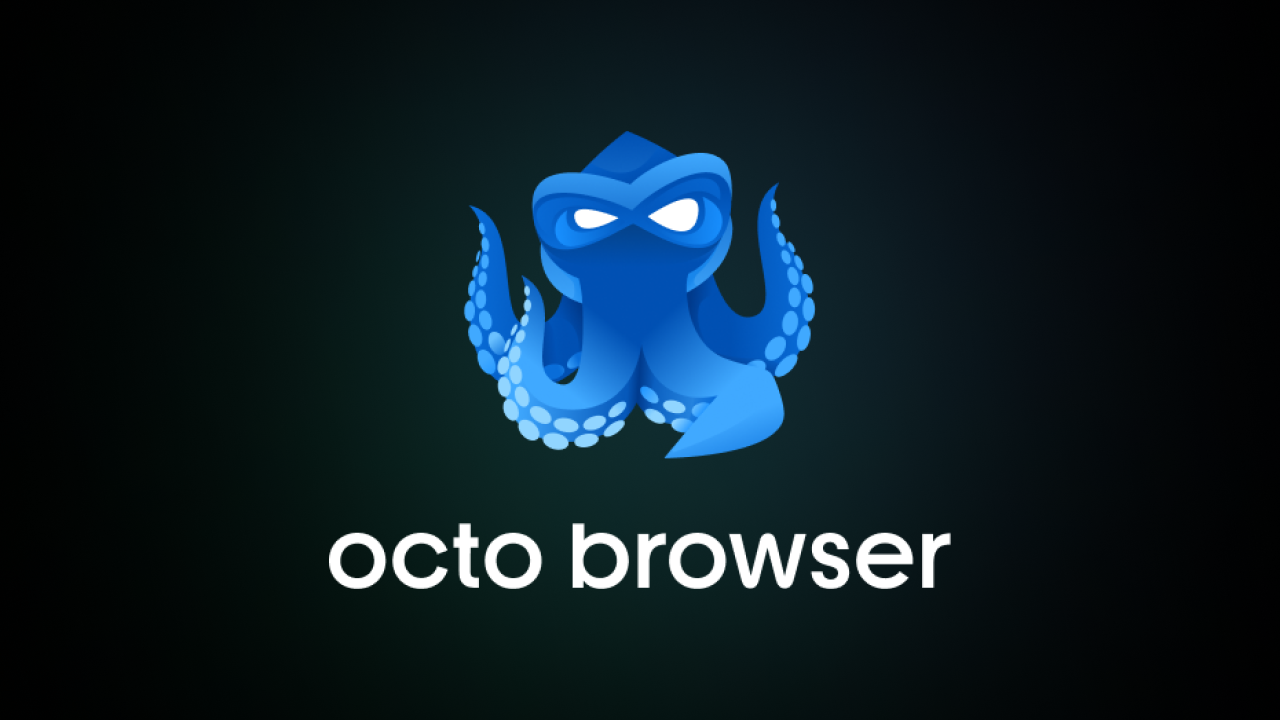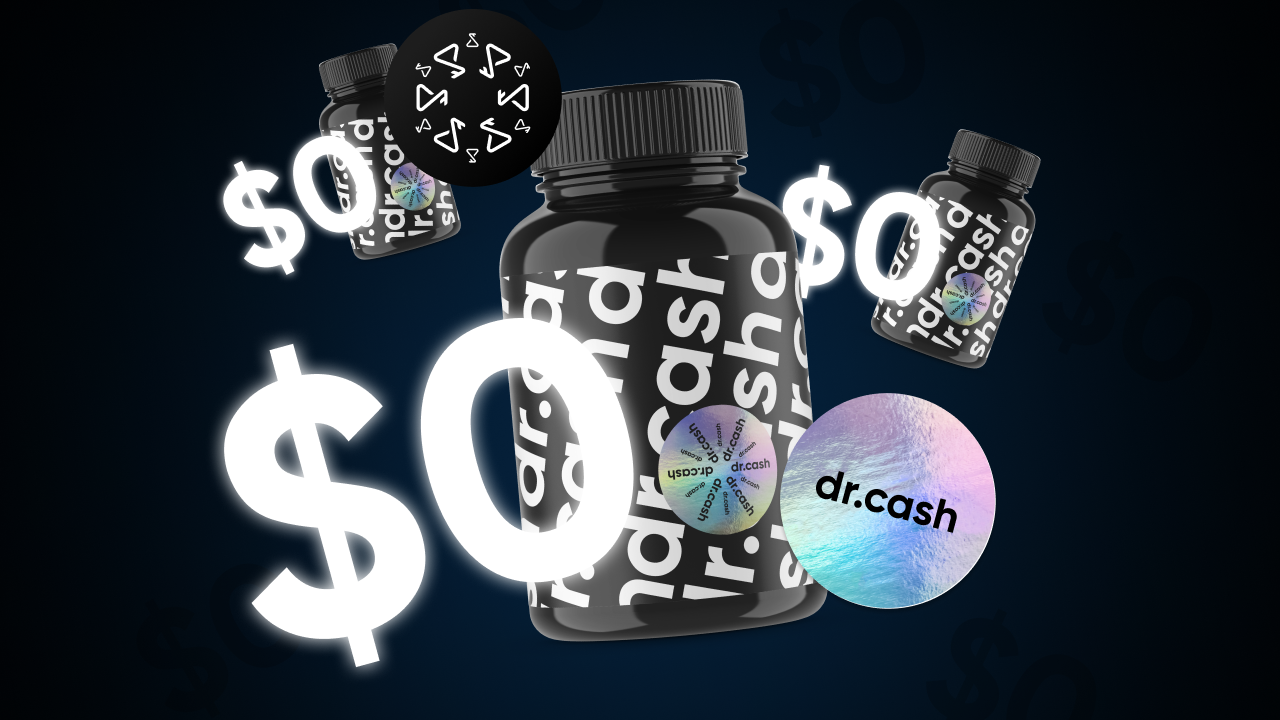Traffic Sources in Affiliate Marketing
Traffic sources are the platforms from which traffic is directed to the publisher's link. Traffic in this context can be divided into paid and free one, or more precisely, conditionally free.
In this article, we will analyze the main sources in affiliate marketing, which we also talk about in one of our videos at the link.
Conditionally free traffic
The webmaster does not directly pay for conditionally free traffic. For example, if his site ranks first in the search results, videos or publications gain a large number of views and have high coverage, and at the same time, a link to the offer is indicated everywhere. Therefore, the webmaster receives traffic as a result of an exchange for his personal time, or for a combination of his time and the cost of any consumables or related services.
Examples of tools that open access to the possibilities of working with free traffic:
SEO (Search engine optimization) - the promotion of the site in search results.
Social networks - promotion of advertising through created groups, forums and the formation of a personal brand. This list can be supplemented in any way that is suitable for attracting traffic and for which you do not need to pay money directly. The main ones in this category are:
- Thematic blogs and forums - thematic blogs and forums, the development of which occurs through the publication of interesting thematic content that attracts an audience (which will subsequently follow the necessary links). This method of getting traffic takes more time and works in the long run.
- Video platforms where, just like on social networks, by creating useful content, you can earn a certain level of trust and interest from your audience in the role of an expert.
- Messengers, using which you can develop thematic groups and channels and place the necessary advertising.
Paid traffic
Paid sources are mainly advertising networks. They are intermediary platforms that specialize in specific advertising formats, where they provide access to a particular advertising space for a fee.
The process of working with them looks like this:
- The publisher chooses an advertising format to promote the offer, and then goes to the site of the advertising network that supports the chosen format.
- The publisher uploads advertising materials - images, texts, videos - and clicks and proceeds to launch an advertising campaign.
- After that, the ads are displayed on many sites or applications on mobile devices, with which the advertising network cooperates, and the publisher pays for the transition to his ads.
Advertising formats
- Targeted advertising, this approach to attracting traffic allows you to get relatively quick results, due to the fact that you can clearly identify the target audience to whom you want to show our ad. Mainly this format is used to run ads in social networks.
- Contextual advertising format, along with targeting, can be called the most popular among affiliates. The main idea is to show ads based on users’ requests. The main network is Google Ads. Advertising can be placed in the search results, as well as on sites connected to the contextual network and, what is important, matching the subject of our ads.
- Push notifications are well-known notifications that appear on the screens of mobile devices or on the desktop versions of sites and contain, as a rule, «unobtrusive» advertising or messages about all kinds of promotions, etc. The volume of traffic here is high, but unlike the previous examples, it cannot be called high-quality.
- Native ads consist of an image and a small text, but they are placed in a clearly viewable place on the site and fit seamlessly into the content of the site both in theme and design, allowing you to bypass the effect of banner blindness.
- Teaser advertising is an ad in the form of an intriguing image and a short even more intriguing note to it.
- Pop-up is a type of advertising in which a banner pops up on top of the site visited by the user. There are also varieties such as POPunder in which ads appear behind the main site, and ClickUnder where ads appear after clicking anywhere on the site. This format is suitable for advertising promotions, sales and ads related to the topic of the site, which is visited by the user.
Benefits of working with paid traffic
- Firstly, launching campaigns in traffic sources, you control the budget, campaign schedule, set profitable rates, can also suspend the campaign, i.e. you have a real tool in our hands, which you use at our discretion.
- Secondly, using the paid traffic you can quickly test the links and find those that convert well, that is, turn an ordinary website visitor into a client.
- Third, by quickly identifying a working funnel, you can scale our campaign, which will lead us to more money, again in a short time compared to organic traffic.
There are many options for traffic sources, and in order to find a convenient one, you need to conduct tests. Tests are the key action in affiliate marketing. It is through tests that combinations of images, fonts, approaches to promoting offers and traffic sources that bring a high ROI can be found.
ROI is also a key concept in affiliate marketing and means Return On Investment, that is how quickly our investment in advertising campaigns will pay for itself. ROI is calculated as the difference between the income and the expenses divided by the expenses and multiplied by 100%.

Income means how much you received from an affiliate or an advertiser. Expenses include absolutely all the money you spent to prepare and conduct the campaign whether it is the services of a designer, a translator for texts in foreign languages, hosting fees for placing their own landing pages, that is sales pages, and of course payment for the use of sources of traffic.
Basic payment models in traffic sources:
- CPT - the price per ad placement time. In this case, we buy a place to put our ad for a specific period.
- CPV - this model implies payment per view.
- CPC - the model in which we are charged for each click.
- CPM - in this case, we are charged for each thousand clicks.
- CPA - this model implies payment for performed target action and includes such models as: CPL - payment per lead, CPI - payment per installation, CPS – payment per sale.
- Auctions, these models involve the distribution of traffic to ads depending on the size of the bids set by publishers.

When choosing a traffic source, there are various factors to consider, such as:
- whether the offer meets the rules of the source;
- whether you have enough budget to work at the source;
- whether you have enough experience to work at the source;
- which vertical you work with. The success of working in each of them may also depend on the source we choose. But we'll talk about verticals in the next video.
Which traffic source should a beginner choose?
It's Facebook! If you learn how to work with it, as well as find a working approach, you can count on a certain stability in the work and, as a consequence, earnings. Of course, there are security updates and storms in Facebook during global events in the world, absolutely all affiliates face this, but the game is worth it. Also more interesting and useful information for beginners you can find in our video.
Want to start with nutra? Have questions about the case-study?

All the nutra is discussed now 24/7 in the telegram chat Nutra Affiliate Community
Quick help for beginners
Sweet cases for motivation
Exclusive bonuses from partners $$$$
Intelligent moderators and all support for affiliate network in one place







